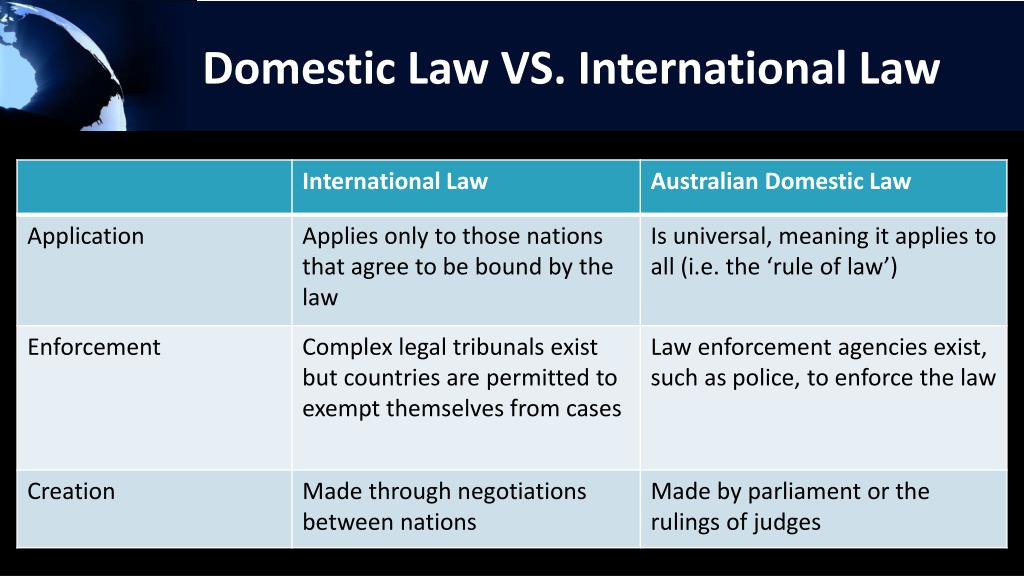intellectual property laws differ from domestic laws in several ways. Here are some key differences
Territorial Scope
Domestic intellectual property laws are applicable only within the boundaries of a specific country. Each country has its own set of laws and regulations governing intellectual property rights. On the other hand, international intellectual property laws aim to provide protection across multiple countries. These laws are designed to harmonize and establish minimum standards of protection for intellectual property rights globally.
Treaties and Agreements
International intellectual property laws are often governed by international treaties and agreements. These agreements are signed and ratified by participating countries to establish common rules and standards for the protection of intellectual property rights. Examples of such agreements include the Berne Convention for the Protection of Literary and Artistic Works, the Paris Convention for the Protection of Industrial Property, and the Agreement on Trade-Related Aspects of Intellectual Property Rights (TRIPS).
Harmonization of Standards
International intellectual property laws strive to harmonize the standards of protection across different countries. This means that countries agree to adopt similar principles and rules for the protection of intellectual property rights. Harmonization helps in promoting fair competition, preventing piracy and counterfeiting, and facilitating the global exchange of ideas and innovation.
Enforcement Mechanisms
Domestic intellectual property laws are enforced within the jurisdiction of a specific country. The enforcement mechanisms may include civil remedies, such as injunctions and damages, as well as criminal penalties for infringement. International intellectual property laws, on the other hand, face challenges in terms of enforcement due to the jurisdictional complexities involved. Countries may have different legal systems, procedures, and levels of enforcement, making it difficult to ensure consistent protection and enforcement of intellectual property rights globally.
Dispute Resolution
Domestic intellectual property laws typically provide mechanisms for resolving disputes within the country’s legal system. International intellectual property laws, on the other hand, often require alternative dispute resolution mechanisms to address cross-border disputes. These mechanisms may include arbitration, mediation, or specialized international courts, such as the World Intellectual Property Organization’s (WIPO) Arbitration and Mediation Center or the International Court of Justice.
Flexibilities and Exceptions
Domestic intellectual property laws may have certain flexibilities and exceptions that allow countries to adapt the rules to their specific needs and priorities. International intellectual property laws also provide some flexibilities, but these are often subject to certain limitations and conditions to ensure a balance between the rights of intellectual property owners and the public interest.
In summary, international intellectual property laws differ from domestic laws in terms of their territorial scope, reliance on treaties and agreements, harmonization of standards, enforcement mechanisms, dispute resolution mechanisms, and flexibilities and exceptions.
